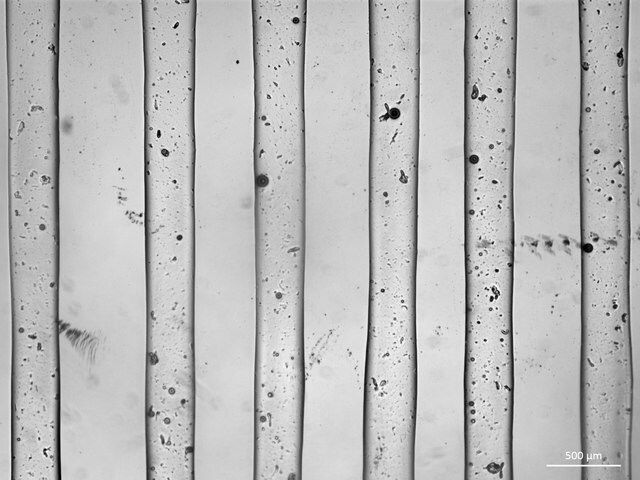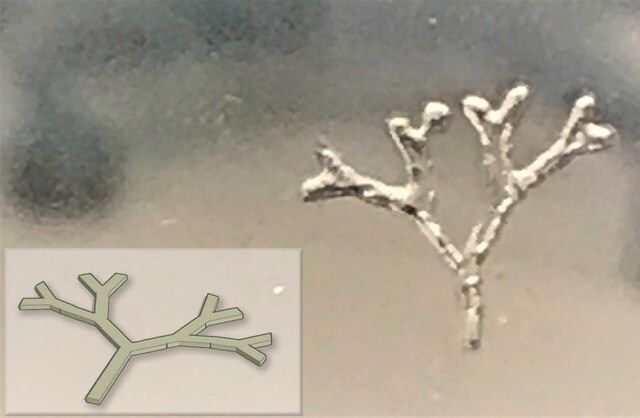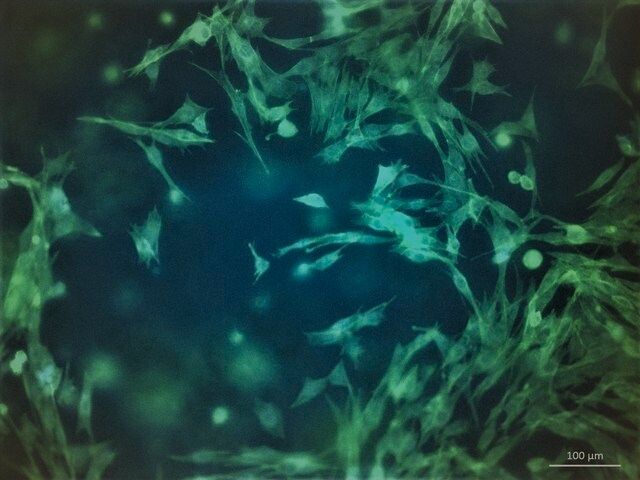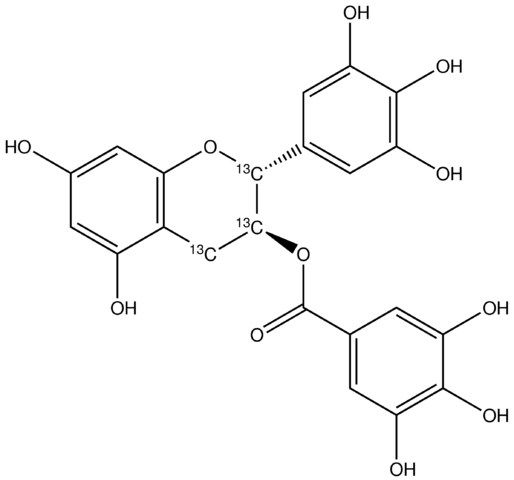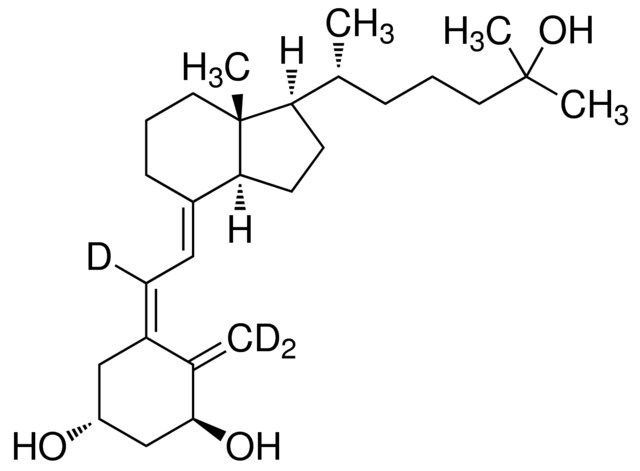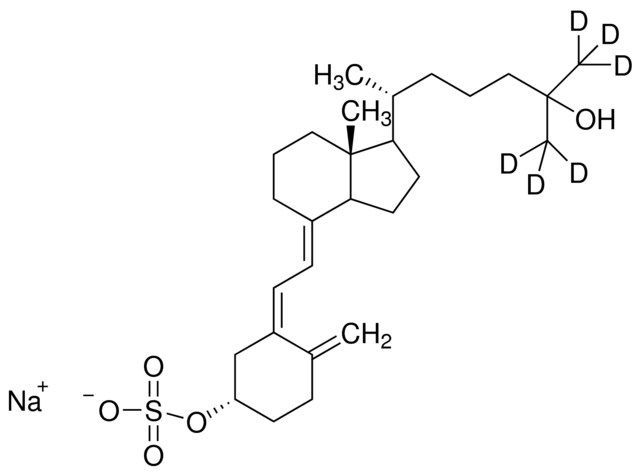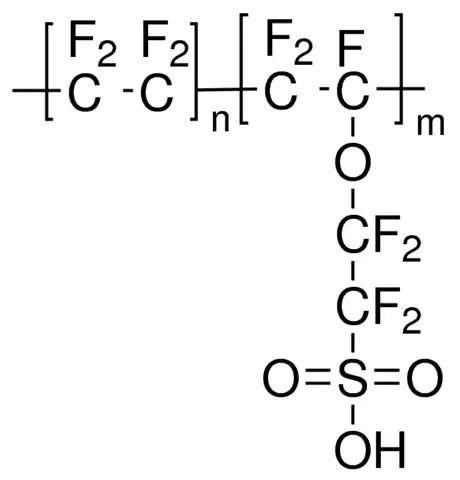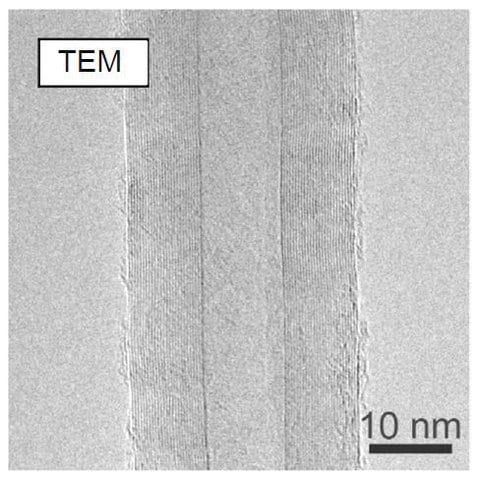产品说明
一般描述
3D bioprinting is the printing of biocompatible materials, cells, growth factors, and the other supporting materials necessary to yield functional complex living tissues. 3D bioprinting has been used to generate several different types of tissue such as skin, bone, vascular grafts, and cartilage structures. Based upon the desired properties, different materials and formulations can be used to generate both hard and soft tissues. While several 3D printing methods exist, due to the sensitivity of the materials used, extrusion-based methods with bioinks are most commonly employed.
应用
Gelatin methacryloyl (GelMA) is a polymerizable hydrogel material derived from natural extracellular matrix (ECM) components. Due to its low cost, abundance, and retention of natural cell binding motifs, gelatin has become a highly sought material for tissue engineering applications. Alginate is a naturally occurring polymer widely applied for bioprinting applications as its printability can be easily modified by altering the polymer density and crosslinking with the addition of calcium chloride (CaCl2). Alginate is often combined with gelatin to facilitate cell adhesion and differentiation. The addition of photocrosslinkable methacrylamide functional groups in GelMA allows the synthesis of biocompatible, biodegradable, and non-immunogenic hydrogels that are stable in biologically relevant conditions and promote cell adhesion, spreading, and proliferation. In addition to fast gelation, the methacrylamide functional group can also be used to control the hydrogel physical parameters such as pore size, degradation rate, and swell ratio. Temporal and spatial control of the crosslinking reaction can be obtained by adjusting the degree of functionalization and polymerization conditions, allowing for the fabrication of hydrogels with unique patterns, 3D structures, and morphologies. Gelatin methacrylate bioinks have been used for 3D bioprinting with high printing resolution, shape fidelity and cell viability. Gelatin methacrylate based bioinks have been used to bioprint osteogenic, chondrogenic, hepatic, adipogenic, vasculogenic, epithelial, endothelial, cardiac valve, skin, tumor and other tissues and constructs. Gelatin and alginate-containing bioinks have been used for bioprinting of 3D constructs with various cell types including human mesenchymal stem cells (hMSC), embryonic stem cells (ESC), human umbilical vein endothelial cells (HUVEC), fibroblasts, and cancer cells.
包装
Product contains 10 ml of solution packaged in glass bottle.
其他说明
Important tips for optimal bioprinting results
- Optimize printing conditions (e.g., nozzle diameter, printing speed, printing pressure, temperature, cell density) for the features of your 3D printer and your application.
- Reduce bubble formation. Air bubbles in bioink may hamper bioprinting. Carefully handle the bioink when you mix and transfer it to avoid bubble formation. Do not vortex or shake vigorously.
- UV light Crosslinking. Position the light source directly above the printed structure. Lower intensity light sources will require shorter distances and longer exposure times to complete crosslinking. Recommended conditions: Place an 800 mW/cm2 light source 8 cm above the printed structure and expose for 30 to 60 s.
Procedure
1. Prepare bioink solution: Warm TissueFab® - GelAlg-UV bioink in a water bath or incubator set to 37 ℃ for 30 minutes or until the bioink becomes fluid. Gently invert the bioink to make a homogeneous solution. DO NOT vortex or shake vigorously.
2. Prepare bioink-cell solution: Resuspend the cell pellet at the desired cell density with the bioink solution by gently pipetting up and down. Typical cell density for extrusion-based bioprinting is 1 to 5 x 106 cells/mL. Load the bioink-cell solution into the desired printer cartridge.
3. Bioprint: Cool the filled printer cartridge below 23 ℃ to induce gelation, using a temperature controlled printhead or place the cartridge at 4 ℃ for a few minutes. If print bed temperature control is available, set temperature to 20 ℃. Follow the 3D printer manufacturer′s instructions. Load the print cartridge onto the 3D printer and print directly onto a Petri dish or into multi-well plates. Adjust the flow according to nozzle diameter, printing speed, printing pressure, and temperature. For optimal results, print under a gentle flow of 200 mM CaCl2 solution. A portable humidifier may be used to maintain the flow of the CaCl2 solution.
4. Crosslink: To photocrosslink, place the UV light source directly above the 3D-bioprinted structure and expose the structure to UV light (wavelength 365 nm). Use the appropriate distance settings and exposure times for your bioprinter. To chemically crosslink the printed structure, add 100mM CaCl2 in PBS for 1 minute. Rinse with PBS twice.
5. Culture cells: Culture the bioprinted tissue with appropriate cell culture medium following standard tissue culture procedures.
法律信息
TISSUEFAB is a registered trademark of sigma-aldrich Co. LLC
产品性质
| 形式 | viscous liquid |
| 杂质 | ≤5 CFU/g Bioburden (Fungal) ≤5 CFU/g Bioburden (Total Aerobic) |
| 颜色 | colorless to pale yellow |
| pH值(酸碱度) | 6.5-7.5 |
| application(s) | 3D bioprinting |
| 储存温度 | 2-8℃ |
安全信息
| 储存分类代码 | 10 - Combustible liquids |
| WGK | WGK 3 |

